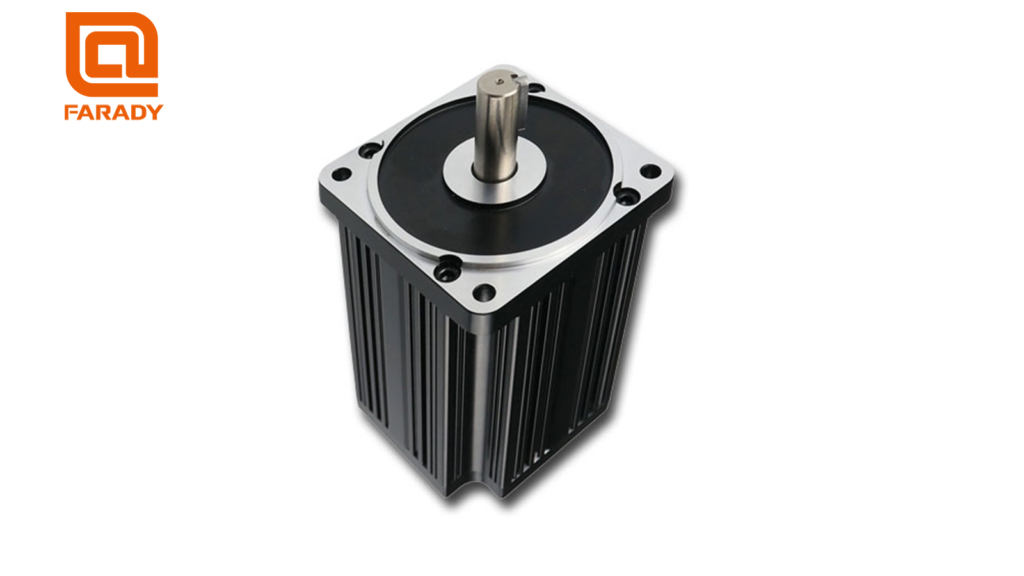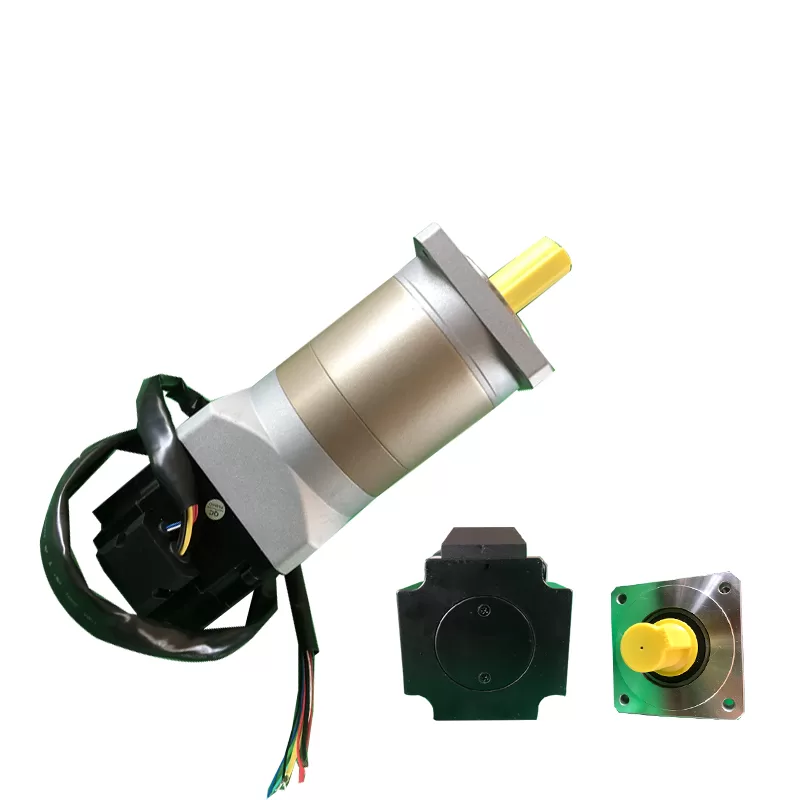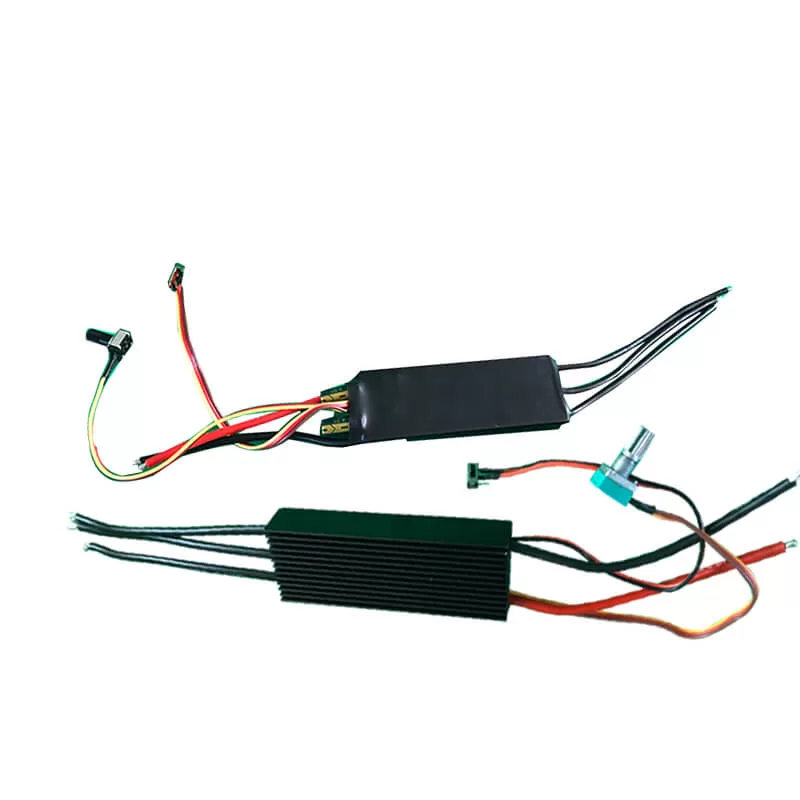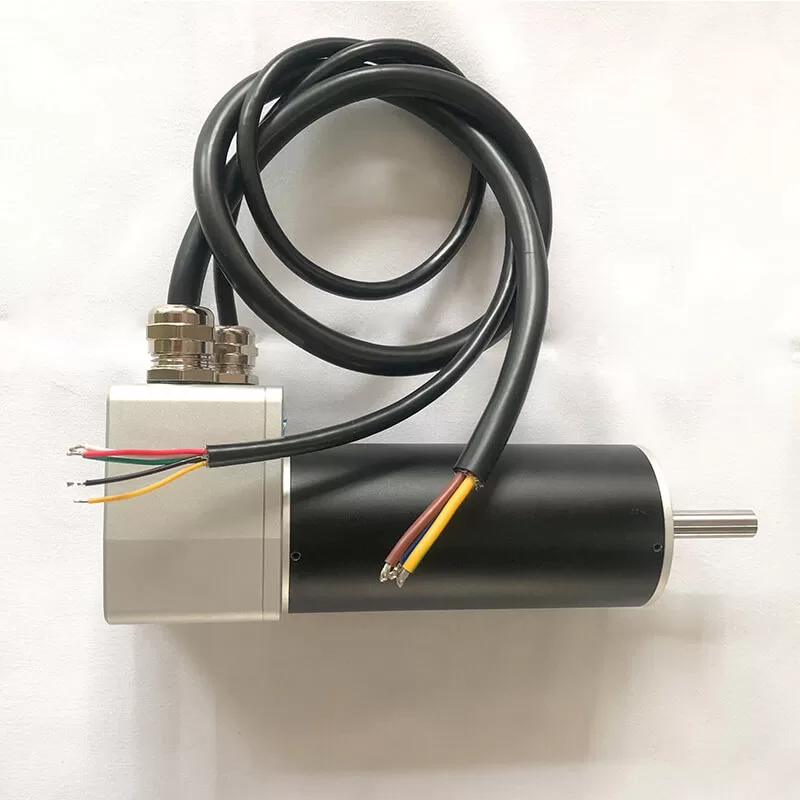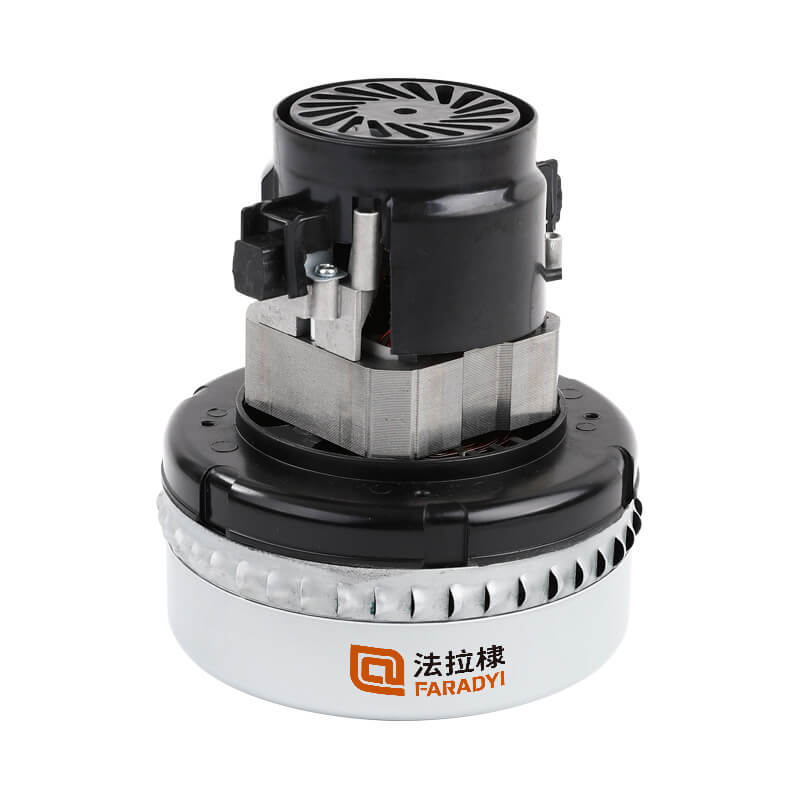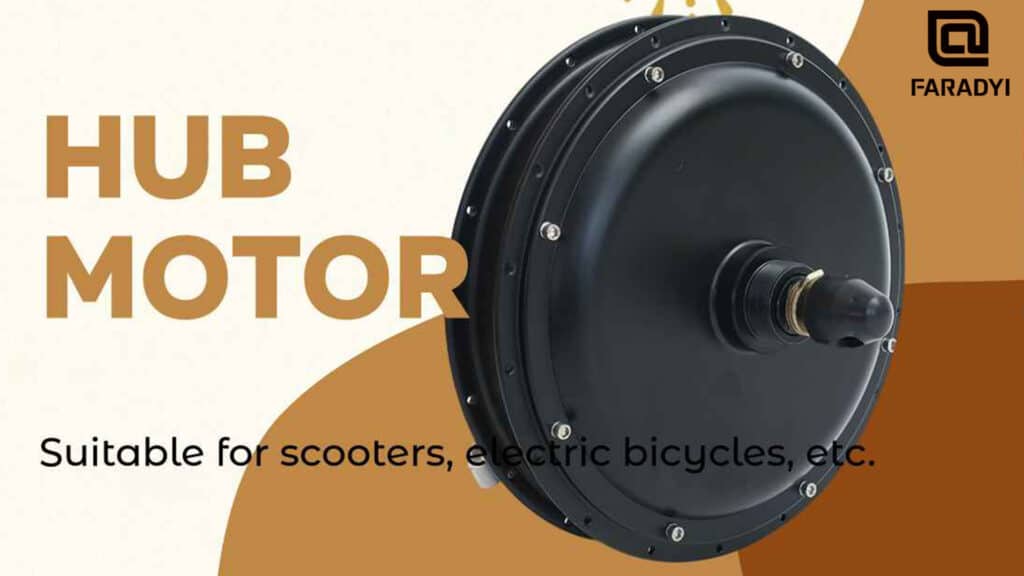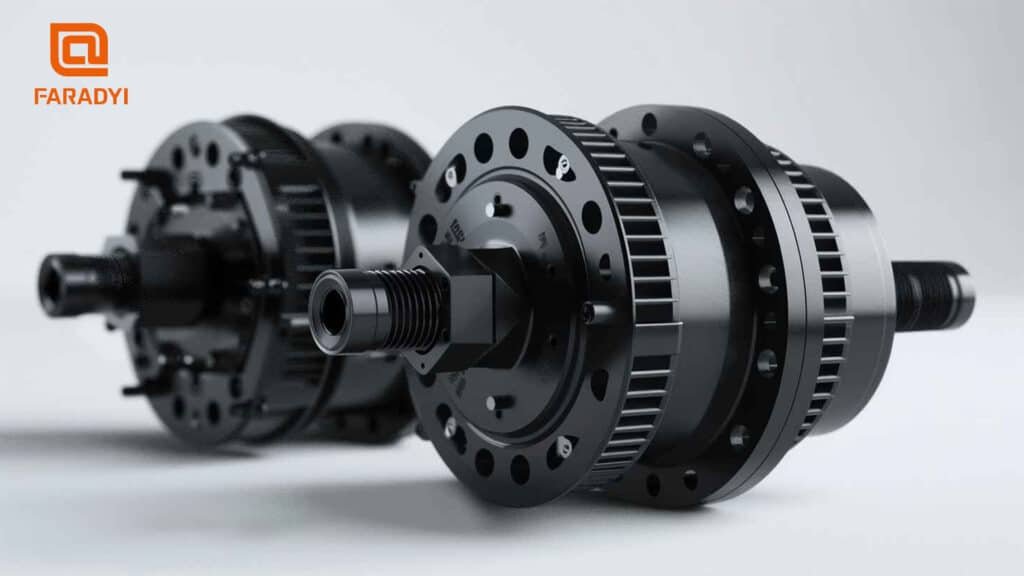This article provides a comprehensive introduction to brushless motor bearings, focusing on the reasons behind overheating and effective solutions.
I. Understanding Bearing Overheating
In general terms, bearing overheating refers to a temperature exceeding 95°C for rolling bearings and 80°C for sliding bearings.
II. Causes and Solutions for Overheating in Brushless Motor Bearings
Cause: Inappropriate lubricating grease or poor maintenance, such as low-quality or deteriorated grease, or contamination with dust and impurities, can lead to bearing overheating.
Solution: Adjust the amount of lubricating grease, ensuring it is approximately 1/2 to 2/3 of the bearing chamber’s volume. Clean and replace inappropriate or deteriorated grease.
Cause: Improper installation or overly tight/loose tolerance fit between rolling bearings.
Solution: Proper functioning of rolling bearings depends not only on the bearing’s manufacturing precision but also on the precise dimensions, form, positional tolerance, and surface roughness of the shaft and hole it interacts with. Ensure that the fit between the bearing’s inner ring and the shaft, or the outer ring and the end cover, is not too tight. Proper assembly guarantees adequate clearance for rotation, preventing overheating.
Cause: Poorly assembled side covers or bearing covers on both sides of the brushless motor.
Solution: Incorrectly aligned or loosely fitted side covers or bearing covers can cause the ball to deviate from its track, leading to overheating. Reassemble the side covers or bearing covers, ensuring even and secure fastening.
Cause: Inadequate axial clearance between the outer bearing cover and the outer ring of the rolling bearing in the brushless motor.
Solution: For larger and medium-sized motors, ball bearings are generally used on the non-extended shaft side. For the extended shaft side, roller bearings are used, allowing the rotor to expand freely when heated. For small motors using ball bearings on both ends, maintain a suitable clearance between the outer bearing cover and the outer ring of the bearing. If needed, adjust by removing a small part of the front or rear bearing cover or inserting a thin paper pad between the bearing cover and the end cover to ensure sufficient clearance.
Cause: Incorrect bearing installation.
Solution: Improperly installed bearings with low precision or bearing deflection during rotation can generate torque, causing overheating. Furthermore, it can lead to vibration, increased noise, and a rise in temperature. Ensure correct bearing installation to maintain longevity and precision in the host equipment.
In conclusion, selecting suitable bearings based on the specific requirements of different brushless motors and operational conditions is crucial for preventing overheating issues.

